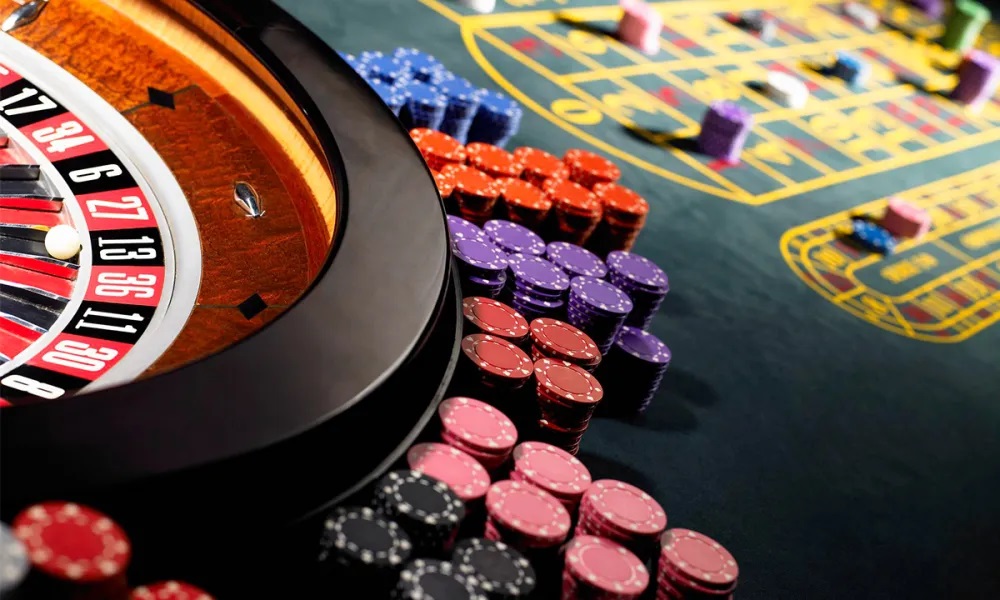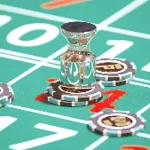How are online slot payout percentages calculated and displayed?
Casino enthusiasts have become enamored with online slot games worldwide. Behind the colourful graphics and exciting themes lies a vital metric that savvy players pay attention to: the payout percentage. This crucial number influences your chances of winning and determines how much money returns to players over time.
What is a payout percentage?
In slot games, Return to Player (RTP) represents how much wagered money a game will return to players over an extended period. For example, if a slot game has a 96% payout percentage, for every $100 wagered, $96 will be returned to players. The remaining $4 represents the house edge of the casino’s profit margin. This percentage applies to the total amount wagered across thousands or millions of spins by all players, not individual gaming sessions. This distinction explains why some players win big while others lose, even though they play the same game with the same payout percentage.
Calculation methods for payout rates
Calculating payout percentages involves complex mathematical formulas and extensive testing. Game developers don’t simply decide on a percentage; they must prove it through rigorous methods. The basic calculation follows this formula:
(Players’ total returns + their total wagers) × 100 = Payout Percentage
During game development, similar to how research projects. the aids2012 gathered extensive statistical data to draw conclusions, slot developers run millions of simulated spins to determine accurate payout rates. This mathematical testing ensures the game behaves according to its designed parameters.
Regulatory requirements and verification
Gaming authorities worldwide require slot developers to verify their stated payout percentages. Independent testing laboratories like eCOGRA, GLI, and iTech Labs audit these games to confirm the accuracy of claimed percentages. These third-party organizations run millions of simulated spins and analyze the results to certify that the game performs as advertised. The certification process includes:
- Examination of the game’s random number generator (RNG)
- Analysis of the paytable structure
- Verification of hit frequency for various symbol combinations
- Confirmation that bonus features trigger at appropriate rates
Without these certifications, online casinos can’t legally offer the games in regulated markets.
Volatility and its relationship to payout percentages
While payout percentage tells you how much a game returns over time, volatility (or variance) describes how it pays. High-volatility slots may have the same payout percentage as low-volatility games but deliver wins differently. Low volatility slots typically provide frequent small wins, creating a steady gaming experience. High volatility slots offer fewer wins, but the payouts are often much more extensive when they hit. Both game types can have identical payout percentages despite these different payout patterns.
Real money vs. demo plays percentages
An essential consideration for players is whether demo (free play) versions of slots have the exact payout percentages as their real-money counterparts. Reputable software providers and licensed casinos use identical math models for both versions, ensuring consistent experiences regardless of play mode.
However, players should know that some unregulated operators might offer demo games with inflated payout percentages to entice real money deposits. This practice, while deceptive, highlights the importance of playing at licensed, regulated online casinos. Learn more about payout percentages to make informed decisions about online slot games, improving chances of winning.





